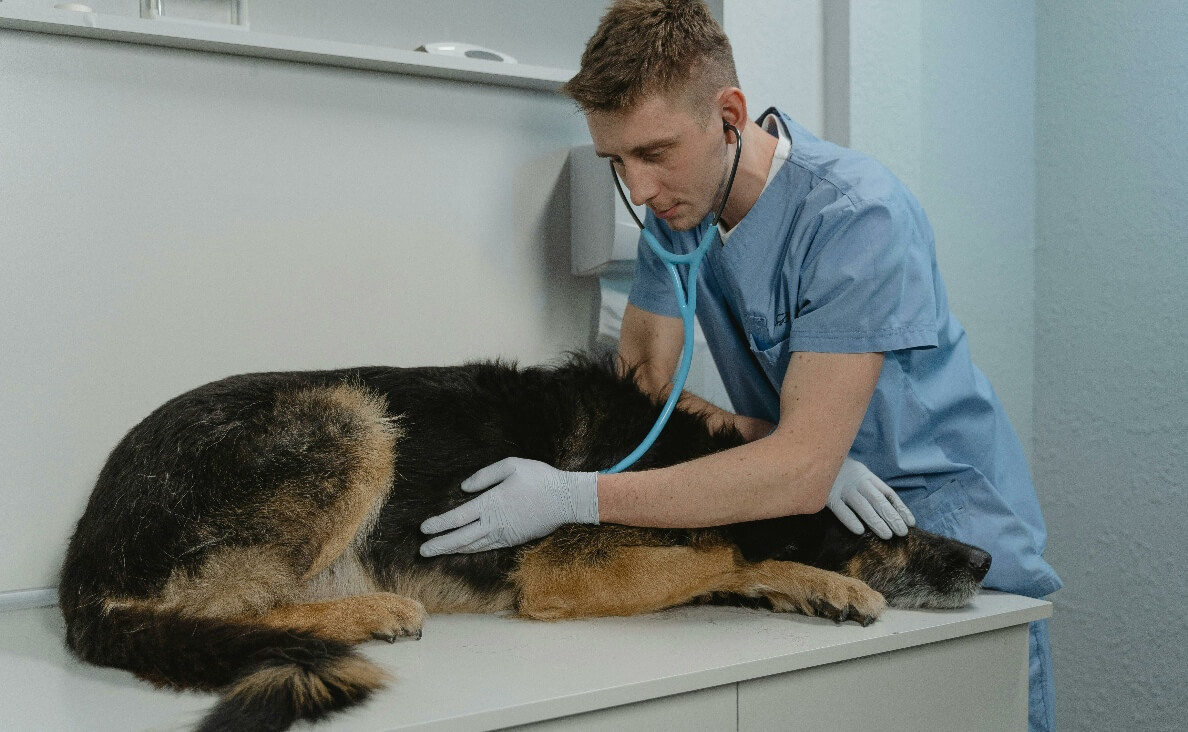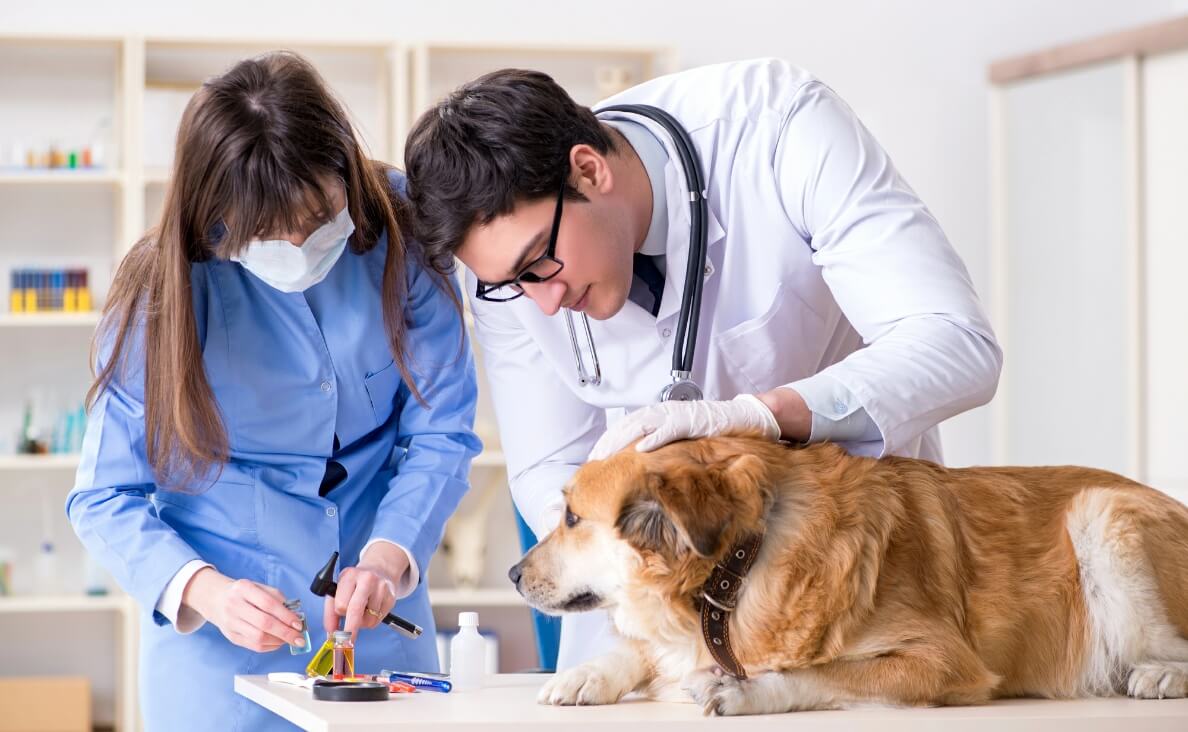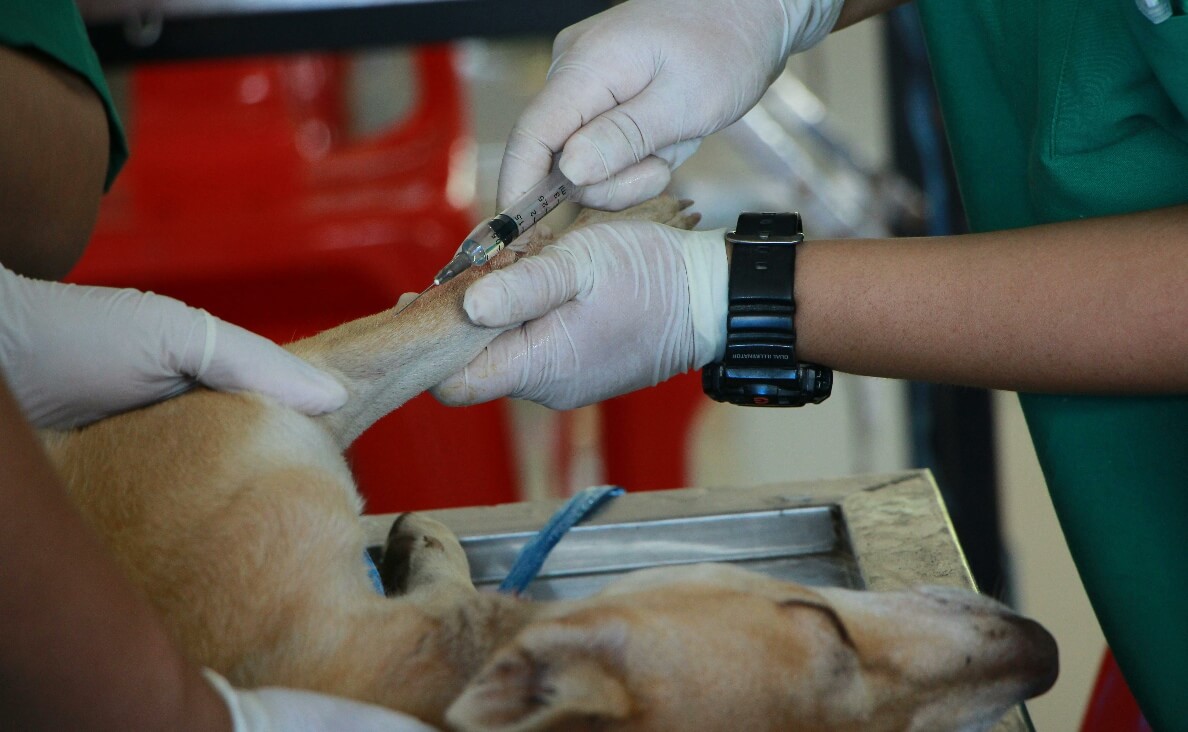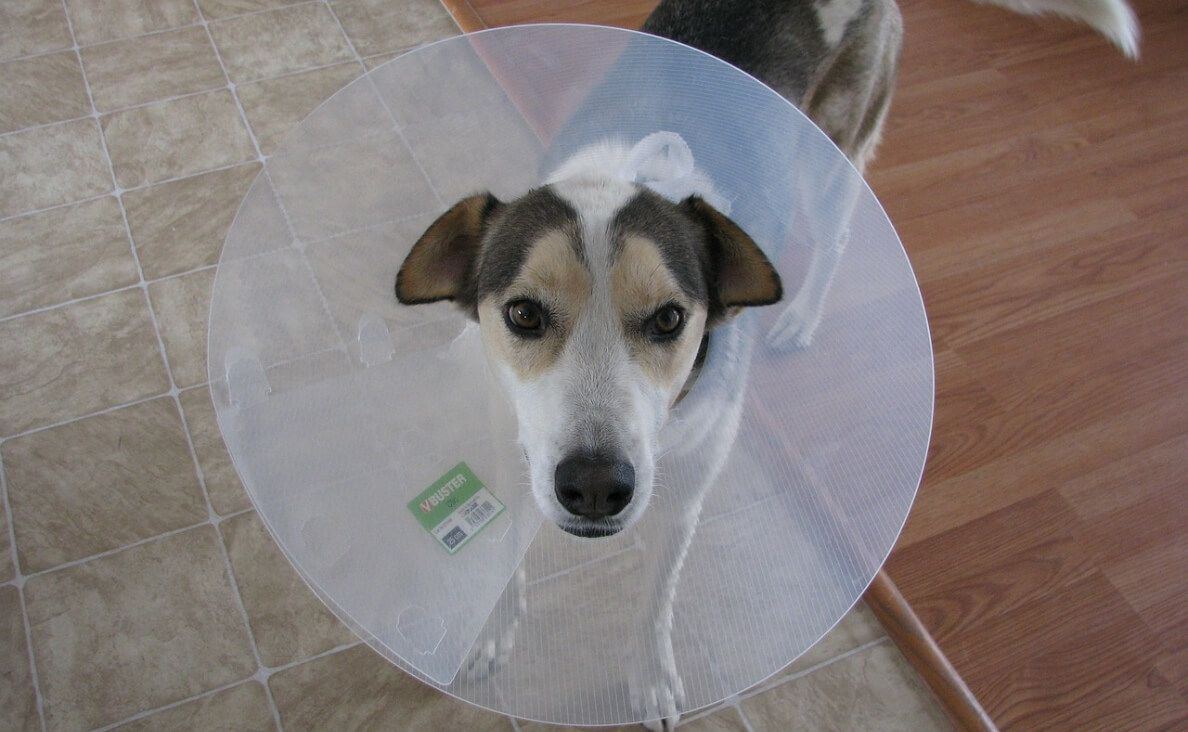
Lymphoma in dogs is a serious and common type of cancer that affects the lymphatic system, which plays a crucial role in a dog’s immune function. This disease can develop in various parts of the body, including the lymph nodes, spleen, liver, and bone marrow. Understanding the nature of lymphoma in dogs, recognizing the symptoms, and knowing the available treatment options are essential steps in providing the best care for your canine companion. Early detection significantly increases the chances of successful treatment and improves the quality of life for dogs diagnosed with this condition.
What is Lymphoma in Dogs?
Lymphoma in dogs is a type of cancer that originates in the lymphocytes, a form of white blood cell integral to the immune system. This disease can manifest in various forms, with the most common being multicentric lymphoma, which affects the lymph nodes. Other types include alimentary lymphoma, which impacts the gastrointestinal tract; mediastinal lymphoma, found in the chest area; and extranodal lymphoma, which can occur in organs such as the skin, eyes, or kidneys.
This condition is prevalent among dogs, accounting for approximately 7-24% of all canine cancers. While lymphoma can affect any dog, certain breeds, including Boxers, Bullmastiffs, Basset Hounds, and Golden Retrievers, are more predisposed to developing the disease. The exact cause of lymphoma in dogs remains unknown, but genetic factors and environmental exposures may play a role. Understanding what lymphoma in dogs entails is the first step toward recognizing the signs and seeking prompt medical attention.

Symptoms of Lymphoma in Dogs
Recognizing the symptoms of lymphoma in dogs is crucial for early detection and treatment. The symptoms can vary widely depending on the type of lymphoma and the organs affected. The most common symptom associated with multicentric lymphoma is the enlargement of the lymph nodes, which may appear as lumps under the skin, particularly around the neck, armpits, and groin. These enlarged lymph nodes are usually not painful, making it easy for them to go unnoticed until they become significantly swollen.
In cases of alimentary lymphoma, symptoms often include gastrointestinal issues such as vomiting, diarrhea, weight loss, and loss of appetite. Dogs with mediastinal lymphoma may show signs of respiratory distress, coughing, and difficulty breathing due to the presence of a mass in the chest. Extranodal lymphoma can cause a range of symptoms depending on the organ involved, such as skin lesions, blindness, or kidney failure.
It is important to note that these symptoms can overlap with other health conditions, which is why a thorough veterinary examination is essential for accurate diagnosis. If you notice any of these signs in your dog, particularly the enlargement of lymph nodes or persistent gastrointestinal problems, it is vital to consult your veterinarian as soon as possible. Early intervention can make a significant difference in managing lymphoma in dogs.

Diagnosing Lymphoma in Dogs
The diagnosis of lymphoma in dogs involves several steps, beginning with a physical examination and medical history review by a veterinarian. During the examination, the veterinarian will check for enlarged lymph nodes and other potential signs of the disease. If lymphoma is suspected, the next step typically involves blood tests to assess the dog’s overall health and to look for abnormalities that might indicate cancer.
A definitive diagnosis of lymphoma in dogs usually requires a biopsy, which involves taking a small sample of the affected lymph node or other tissue for examination under a microscope. This allows the veterinarian to determine the presence of cancerous cells and identify the specific type of lymphoma. In some cases, additional diagnostic procedures, such as fine needle aspiration, may be used to collect cells from the lymph nodes or other organs.
Imaging techniques, such as X-rays, ultrasounds, or CT scans, are also commonly used to assess the extent of the disease and to check for the involvement of internal organs. These tests help determine the stage of lymphoma, which is critical in developing an appropriate treatment plan. The earlier lymphoma in dogs is diagnosed, the more effective the treatment is likely to be. Therefore, prompt veterinary care is crucial when symptoms are observed.

Treatment Options for Lymphoma in Dogs
Treatment for lymphoma in dogs typically involves a combination of therapies aimed at controlling the spread of cancer and improving the dog’s quality of life. Chemotherapy is the most common and effective treatment for lymphoma in dogs, as it targets rapidly dividing cancer cells. The specific chemotherapy protocol used depends on the type and stage of lymphoma, as well as the dog’s overall health. In many cases, chemotherapy can lead to remission, where the cancer becomes undetectable, though it may not cure the disease completely.
Radiation therapy is another option, particularly for localized lymphoma that has not spread to other parts of the body. This treatment involves targeting cancer cells with high doses of radiation to shrink tumors and alleviate symptoms. Radiation therapy is often used in conjunction with chemotherapy to maximize the effectiveness of treatment.
In some cases, surgery may be necessary, especially if the lymphoma is localized to a specific organ that can be safely removed. However, surgery is less commonly used as a primary treatment for lymphoma in dogs because the disease often affects multiple areas of the body.

Supportive care is also a crucial component of treatment for lymphoma in dogs. This may include pain management, nutritional support, and medications to alleviate side effects from chemotherapy, such as nausea and fatigue. The goal is to maintain the dog’s comfort and quality of life throughout the treatment process.
Prognosis for dogs with lymphoma varies depending on the type and stage of the disease, as well as the response to treatment. While some dogs achieve long-term remission, others may experience a relapse. It’s important for pet owners to have open discussions with their veterinarians about the best treatment options and what to expect during the course of the disease.

Caring for a Dog with Lymphoma
Caring for a dog with lymphoma requires a compassionate and comprehensive approach to ensure their comfort and well-being. One of the key aspects of care is providing emotional support, as dogs can sense the anxiety and stress of their owners. Maintaining a calm and positive environment can help reduce your dog’s stress levels during treatment.
Nutritional support is also essential for dogs undergoing treatment for lymphoma. A balanced diet that meets your dog’s specific needs is important, as chemotherapy and other treatments can affect their appetite and digestion. Some dogs may benefit from a special diet formulated for cancer patients, which provides the necessary nutrients while being gentle on the stomach.
Regular veterinary check-ups are crucial for monitoring your dog’s progress and adjusting the treatment plan as needed. Your veterinarian will also provide guidance on managing side effects and ensuring your dog’s quality of life remains as high as possible. In addition to medical care, providing plenty of love, attention, and gentle exercise can help keep your dog’s spirits up during this challenging time.
Caring for a dog with lymphoma can be emotionally taxing, but it’s important to remember that you are not alone. Many resources are available to support both you and your dog, including support groups, veterinary specialists, and online communities. By staying informed and proactive, you can give your dog the best possible care and improve their chances of enjoying a fulfilling life despite their diagnosis.

Frequently Asked Questions About Lymphoma in Dogs
What is the life expectancy for a dog diagnosed with lymphoma?
The life expectancy for dogs with lymphoma varies depending on several factors, including the type and stage of the disease, as well as the treatment approach. Without treatment, the prognosis is typically poor, with a life expectancy of only a few weeks to a few months. However, with appropriate treatment, many dogs can achieve remission and live for an additional one to two years, and in some cases, even longer.
How much does treatment for lymphoma in dogs cost?
The cost of treatment for lymphoma in dogs can vary widely depending on the type of treatment, the length of treatment, and the location. Chemotherapy is generally the most expensive option, with costs ranging from several thousand to tens of thousands of dollars over the course of treatment. Pet insurance may help cover some of these costs, but it’s important to discuss the financial aspects with your veterinarian before beginning treatment.
Is lymphoma in dogs contagious to other pets or humans?
Lymphoma in dogs is not contagious and cannot be transmitted to other pets or humans. It is a cancer of the immune system that arises from genetic and environmental factors within the individual dog. Therefore, there is no risk of spreading the disease to other animals or people in the household.

Final Thoughts
Lymphoma in dogs is a challenging diagnosis, but with early detection and appropriate treatment, many dogs can achieve remission and enjoy a good quality of life. Being aware of the symptoms, seeking prompt veterinary care, and exploring all available treatment options are critical steps in managing this disease. By staying informed and providing compassionate care, you can make a significant difference in your dog’s life.
Has your dog or a dog you know been diagnosed with lymphoma? How did you navigate the diagnosis and treatment? Share your experience in the comments below—we’d love to hear your story and any tips you might have for other dog owners facing a similar situation.

 We Are Open
We Are Open 8 Trustworthy Tips for Selecting the Right Dog Food
8 Trustworthy Tips for Selecting the Right Dog Food Dog Itching Relief & Home Remedies for Skin Allergies
Dog Itching Relief & Home Remedies for Skin Allergies How to Recognize and Treat Ear Mites in Dogs
How to Recognize and Treat Ear Mites in Dogs 7 Creative Ways to Keep Your Dog Hydrated
7 Creative Ways to Keep Your Dog Hydrated






Leave a Reply